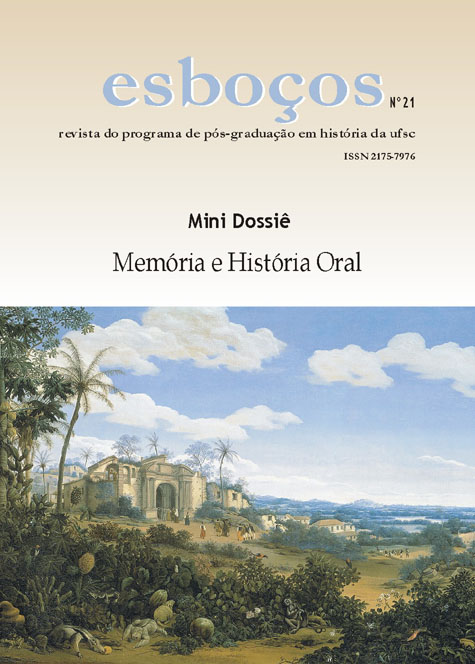Representations of Costum and Culture: The rural, the urban and the 'faxinal'
DOI:
https://doi.org/10.5007/2175-7976.2009v16n21p181Abstract
This article is part of a study about conceptual applications, and representations of culture and usage abstracted from writings on the relationship between: rural and urban areas, the climate and behavior, the environment and nature, history and regional development. The texts that served as sources are writings on the state of Parana, especially, the Central South area, which contain the system “faxinais”. Note that the writings of the decades of 1960-70, when local leaders did several actions in order to assert the state's cultural identity, they adopted and sometimes they radicalized notions of culture and usage before used by the subjects involved in the movement of constitution the identity of Paraná, during the 1930’s and 1940’s. The view common to both periods is that the Paraná is the land of the progress, where the culture was represented as a product of the urban-industrial reality, while the common usage and custom is what is produced in the rural environment. We start from the hypothesis that the use of these terms, in a linear and “progressive” perspective, may lead to the depreciation of local realities and especially of the original people.Downloads
Published
2010-01-18
How to Cite
Schörner, A., & Campigoto, J. A. (2010). Representations of Costum and Culture: The rural, the urban and the ’faxinal’. Esboços: Histories in Global Contexts, 16(21), 181–206. https://doi.org/10.5007/2175-7976.2009v16n21p181
Issue
Section
Article
License
Esboços: histories in global contexts adopts an Open Access policy and it is licensed under a Creative Commons Attribution 4.0 International License (CC-BY 4.0). Authors will be asked to sign an open access license agreement before publication.
Authors who publish with this journal agree to the following terms:
- Authors grant the journal Esboços: histórias em contextos globais (ISSN 2175-7976) right of first publication with the work simultaneously licensed under a Creative Commons Attribution 4.0 International License (CC-BY 4.0).
- This license allows users to remix, transform, and build upon the material, on the condition of giving acknowledgement of the work's authorship and initial publication in this journal.
- 3.Authors are able to enter into separate, additional contractual arrangements for the non-exclusive distribution of the journal's published version of the work (e.g., post it to an institutional repository or a personal website, or publish it as a book chapter or a translation).

This work is licensed under a Creative Commons Attribution 4.0 International License.







